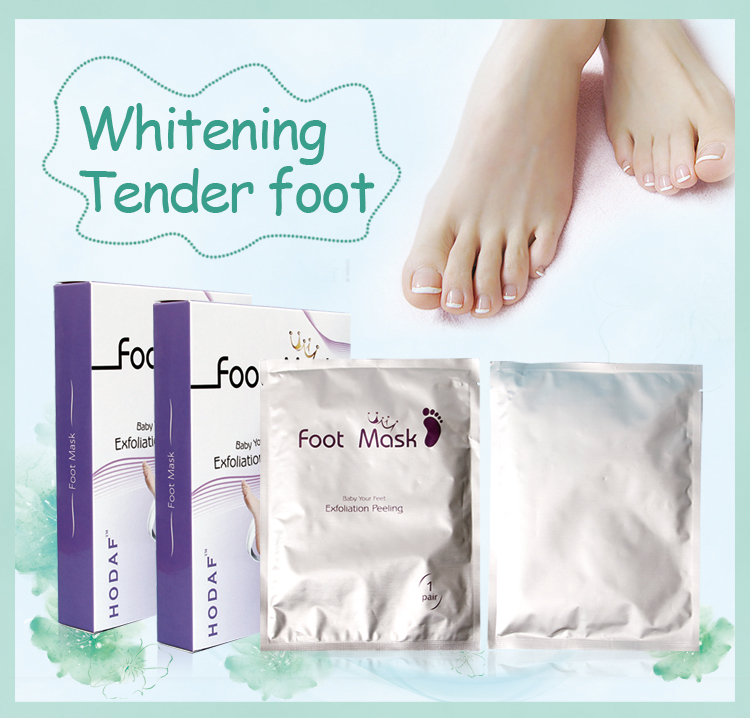Peach fruit bagging technology
Peach sets the bag within 20 days after flowering. The bagging time is preferably from 9 to 11 o'clock in the sunny morning and from 2 to 6 o'clock in the afternoon.
Before bagging, put a special bag of peach fruit in a damp place to make it moist and flexible. After selecting the young fruit, carefully remove the petal and other debris attached to the young fruit, spread the bag opening, and allow the bag body to bulge, so that the vent holes in the two corners of the bag are opened and the mouth of the bag is 2~ At 3 cm, insert the bag up or down into the bag. Put on the fruit and put the handle in the middle of the opening of the bag. Do not put the leaves and sticks into the bag. Then, the bags are folded on both sides of the bag in a “folding fan†manner, and the bag is tied tightly by the tying wire. The bag is then pulled from the connection point and the package is turned back 90 times. The bag is rotated around the bag mouth for 1 week. The mouth of the bag is so that the young fruit is in the center of the bag body and is hung in the bag to prevent the bag body from rubbing the fruit surface and not to tie the binding thread on the handle. If it is a self-made paper bag, staple it with a stapler (or pin, etc.). In addition, the exposed fruit on the upper part of the crown and on the back of the backbone should be set less to avoid sunburn. The bagging sequence is first up, then down, first in and then out. The average bag size per mu is about 6500.
Because the amount of calcium contained in bagged fruits is reduced and susceptible to bitter pit disease, etc., 300-500 times of amino acid calcium or amino acid compound micronutrients are sprayed once a month after bagging. In the late June (40 days and 20 days before harvesting), each time the rare earth was sprayed, or the photosynthetic micro-fertilizer and Nongjiawang micro-fertilizer were sprayed one month before harvest to increase the soluble solid content of the bagged fruit. In terms of water management, water should be poured 1 time before fruit bagging and bag extraction to meet the moisture requirement of bagging fruit and prevent sunburn.
The bactericide protecting the leaves and fruits should be sprayed as usual during the growth of the fruit bag to prevent germs from entering the bag with rain. After the bag is sprayed once 600g or 70% thiophanate-methyl 800 times and other inhalation fungicides to prevent fruit rotten bacteria ring fruit rotten disease; if conditions, spray 1 to 2 times 300 times Potassium dihydrogen phosphate, or 800 times the Shikang Lu, Nongjia Wang, etc. to benefit peach fruit color disease prevention. After harvesting, pay attention to the waste paper bags that have been used in a timely manner and burn them in a concentrated manner to eliminate the source of the diseases and insects that are latent on the bags so as to reduce the damage of the leap year.

Exfoliating foot membrane mainly by the essence of fluid, the composition of the foot protection film.
Exfoliating foot membrane mainly by the essence of fluid, the composition of the foot protection film.
The main components
Rose oil, deionized water, hyaluronic acid, citric acid, ethanol, glycerol.
[Benefits]
Deep moisturizing and dry rough skin, soften the cuticle, to help the aging dead skin shedding effectively improve the foot skin dry, rough and so on,
Make feet more clean and fresh, healthy and energetic.
[Instructions]
1, before use, wash your feet dry;
2, the Siamese foot set cut along the middle of the set, will be fitted with the essence of the full set of foot membrane worn on the foot;
3, wear 20-30 minutes after removing the foot membrane cover; wash with water can be (do not use hand wash);
Callus Peeling Foot Mask,Callus Removal Exfoliating Foot Mask,Callus Exfoliating Peeling Foot Mask,Callus Peeling Foot Milk Mask
Hebei Houde Hanfang Medical Devices Co., LTD. , https://www.hodafhealth.com